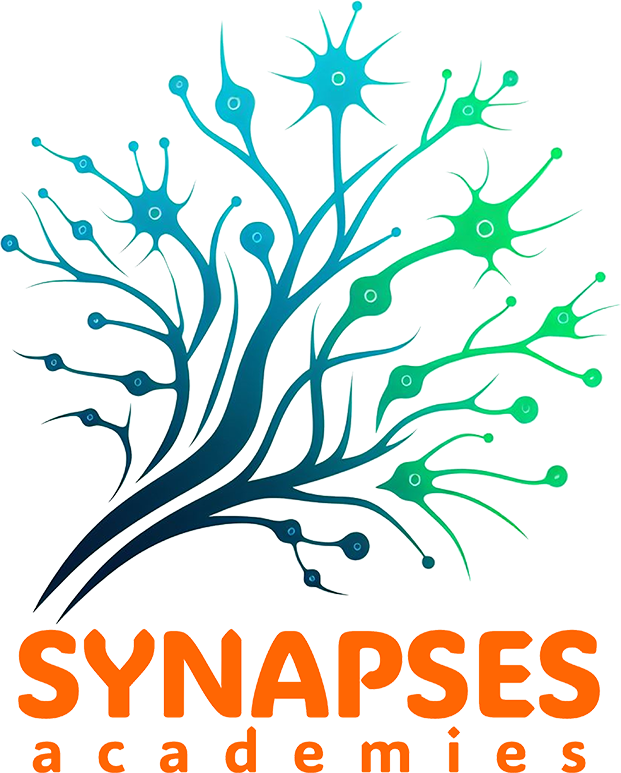The ‘Sustainability Citizenship: The Role in which students play and how to care for their local natural environment, using STEAM’ program is an educational initiative designed to integrate science, technology, engineering, arts, and mathematics (STEAM) with sustainability principles. Student understanding of their role in caring for the environment is a key part in this. The program aims to foster critical thinking, creativity, and environmental stewardship among students by engaging them in hands-on, inquiry-based projects that connect classroom learning with real-world applications.
The program is structured around three core components:
Sustainability: Students will explore sustainability, their understanding of what it means to be sustainable, their role and responsibilities in caring for the environment. Students will explore through problem-solving, hands-on active learning and creativity through art.
Ecological Systems: Utilising the school’s location in the community and outdoor spaces that the school has (gardens, nature trails) and nearby community parks, students will complete ecological observations. Students will locate, identify and analyse habitats in the locality.
Sources of Energy: Students will learn about energy and renewable vs nonrenewable energy. Students will explore how nonrenewable sources of energy impact habitats and pollute these ecosystems. They will engage in projects that promote conservation, renewable energy, and sustainable agriculture, fostering a sense of responsibility and community involvement.
Lesson Plan

